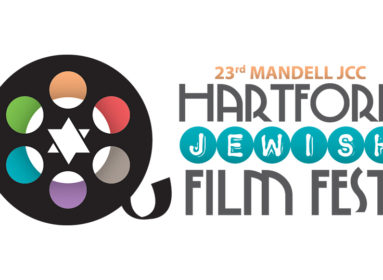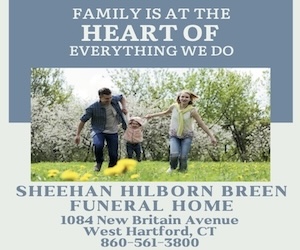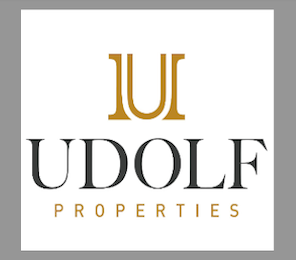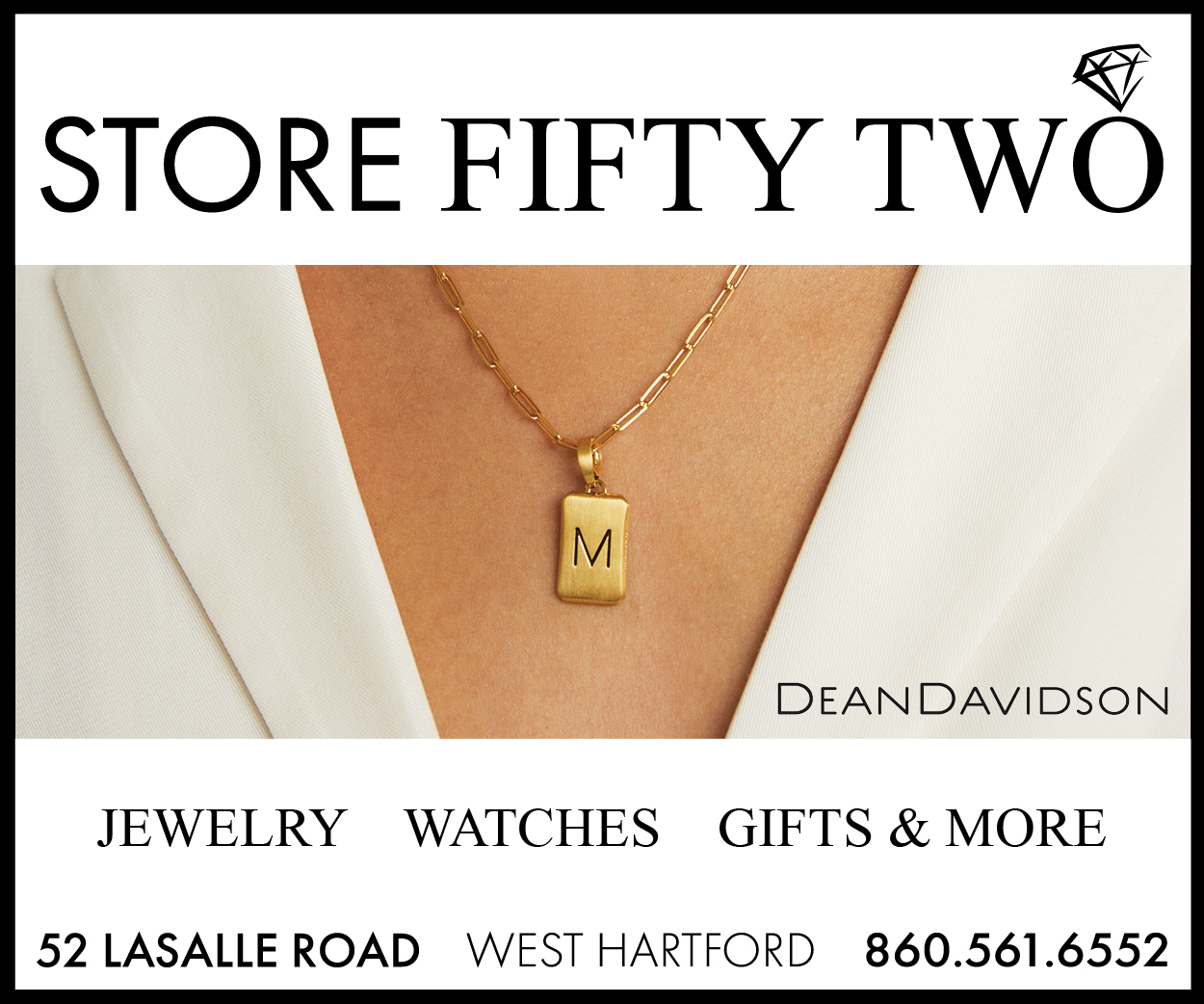
Matthias Alfen working with students of The Conservative Synagogue religious school.
WESTPORT – Matthias Alfen never met his grandfather, who suffered at the hands of the Nazis in the family’s native Bavaria. But Alfen’s life and work are infused with his grandfather’s story, and with the impact of the Holocaust on German identity.
Earlier this month, the 46-year old Westport artist created a sculpture with fifth graders at The Conservative Synagogue (TCS) religious school. The piece will be displayed at the Westport synagogue on May 1, as part of one of Alfen’s own works, and alongside art by the children interned at Theresienstadt. The artworks will form the visual centerpiece of the community-wide Yom HaShoah Commemoration at TCS.
Alfen is not Jewish. His grandfather, a painter and photographer, refused to march in Nazi parades with his professional guild “and he suffered because of that,” Alfen says. “I learned the story through little bits and pieces, and it’s not very clear, but I think he was beaten up. He was ostracized for not wanting to be part of the Nazi movement.”
As a boy, Alfen absorbed the wartime stories of his family, along with the teachings of his artist father. He began exploring art when he was eight or 10, carving heads from construction blocks. Throughout the ‘80s and ‘90s, he studied art in Germany and participated in many exhibitions, winning commissions and awards in Germany and New York.
Alfen immigrated to the U.S. in 1994, settling in Norwalk and working out of a studio in Stamford. Four years later, he became a personal trainer through the National Academy of Sports Medicine. Having studied anatomy and figure drawing for so many years, the move seemed a natural one, he says. It’s also a healing profession.
The artist-trainer met Rabbi Jeremy Wiederhorn of The Conservative Synagogue, who suggested that he do a project with the religious-school students.
“As we were preparing for the Yom HaShoah commemoration, we decided to include artwork from the Theresienstadt Ghetto, since our guest speaker Anita Schorr was interned there,” says Wiederhorn. “We realized that it would also be powerful and meaningful for children within our community to express themselves through art as well. This way, we could display art from children during the war along with art by children in 2011. For quite some time, Matthias and I have spoken about the struggle of modern-day Germany to confront its past while looking ahead to the future. He had shared with me some of his sculptures, and I thought that he would be the perfect person to work with the students in our school. He has a special ability to bring out the creativity in others and I knew that he would be able to reach our fifth grade students in a profound way.”
Nearly 50 children each received a one-foot-square slab of clay to personalize. The resulting “quilt” contains handprints, Jewish symbols, Hebrew words, names of relatives or others who perished during the Holocaust.
“Clay makes people release different energy,” says Alfen, who also brought in his “wearable” sculptures for the students to try out.
“It was a great experience for me as an educator to get a glimpse of the kids I only see for four hours a week in a very different, non-classroom setting, working on a very free-flowing creative project where there was no right or wrong,” says fifth grade teacher Susie Weiner. “I love that Matthias didn’t tell the children what the piece would ultimately look like. That will make it more interesting for the kids to come see the final product, and share their work and experience with their families.”
The Holocaust informs Alfen’s art, both because of his own family’s experiences and because of how it affected his homeland. “For me as a German, the Shoah represents the last of German culture,” Alfen says. “The Jewish population who was murdered was an important part of German society. So it’s something that Germans need to mourn or acknowledge: there was a huge loss on so many levels – people in the arts, doctors, scientists. It’s not just numbers, but identity that Germany lost in those years. It’s hard to express that in a proper way.”
The TCS children’s work will be exhibited as the end point of Alfen’s “charcoal river” sculpture, similar to one he created for the Housatonic Museum of Art in Bridgeport in 2007. In that installation, a large sculpted head spits out a river made from charcoal briquettes, with smaller white sculpted heads that appear to float on the river. The piece was inspired in part by “The Scream,” a painting by Edvard Muchn.
Alfen describes his work as “an intuitive process that later might click together, something in the back of your head that you didn’t rationalize until you’ve made it.” While his art tends to express the complex human experiences of the 20th century, he says that he saw the sculpture differently this year after Rabbi Wiederhorn told him a midrash about the power of words. A woman who gossips about her neighbors is summoned by the local rabbi, who questions her behavior. When the woman claims that she can always take back her words, the rabbi has her cut open a feather pillow and empty the contents outside. When all the feathers have scattered, the rabbi asks the woman to gather them all back up. She points out that the task is impossible, whereupon the rabbi equates the feathers to words: once dispersed they can’t be taken back.
“The piece that spits out the river is the grain of a bad word, the initial rumor or anti-Semitic statement,” Alfen says. “This little grain swells into a river of doom.”
Alfen and some of the religious-school students will be on hand at Westport’s community-wide Holocaust commemoration to answer questions about the artwork. “But the best utterance of an artist’s art is really the work itself,” he says. “To explain an artwork is tricky because the concept is to make people think, reflect, and ask themselves questions.”
Alfen has taught art at the Silvermine Arts Center in New Canaan and is now a lecturer in the art department at Housatonic Community College in Bridgeport.
The Yom HaShoah Community-Wide Commemoration is Sunday, May 1, 7 p.m. at The Conservative Synagogue, 30 Hillspoint Road, Westport. The program will also feature speaker Anita Schorr, Westport resident and Holocaust survivor.
For information call (203) 454-4673 / www.tcs-westport.org.








 Southern New England Jewish Ledger
Southern New England Jewish Ledger









